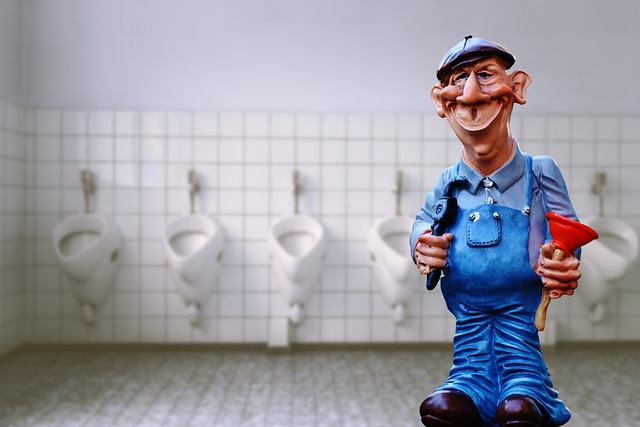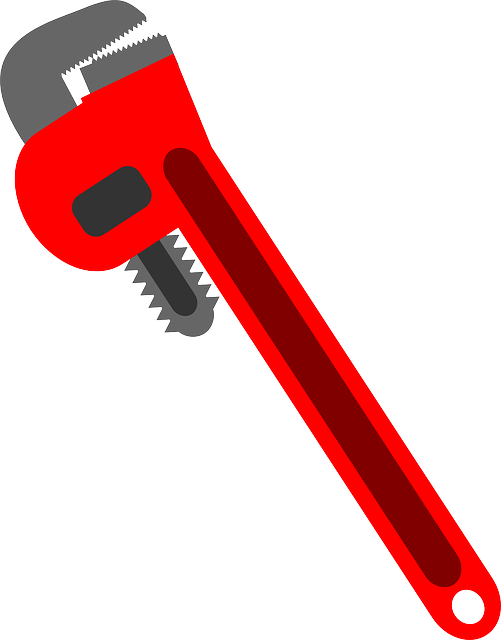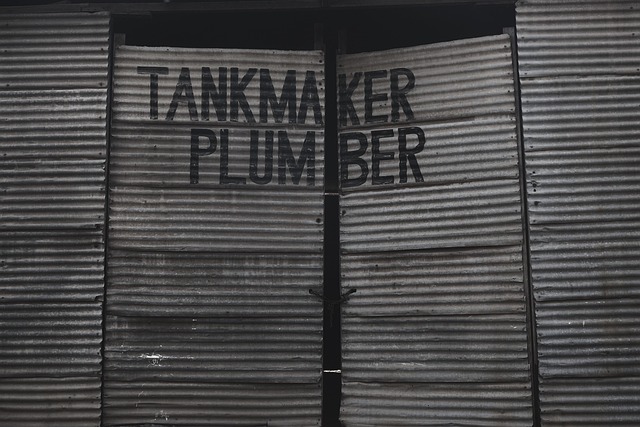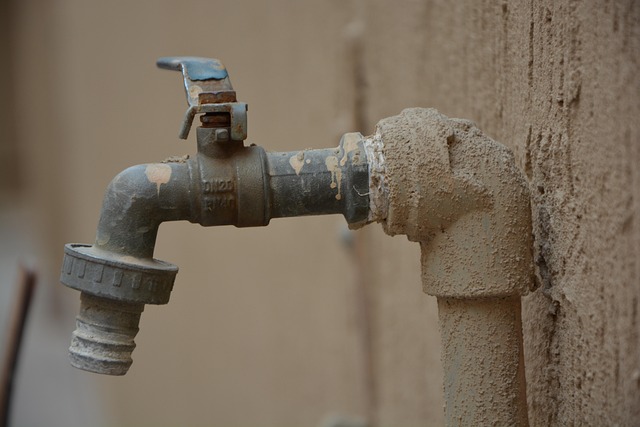Common plumbing issues like clogs, leaks, low water pressure, and corroded pipes can be prevented through understanding their root causes. Regular maintenance checks, proactive measures such as using drain covers and water-efficient fixtures, and simple troubleshooting like replacing washers can help homeowners avoid costly repairs. For complex problems, professional plumbers are essential to ensure efficient plumbing operations and prevent further damage.
“Unforeseen plumbing disasters can strike at any time, causing chaos and significant inconvenience. However, many of these common plumbing issues are easily preventable with proper knowledge and simple preventative measures. This article uncovers five typical plumbing nightmares that range from clogged drains to burst pipes, examining the root causes behind them. We’ll also equip you with easy tips for avoidance and offer effective troubleshooting solutions when things do go wrong, empowering you to tackle these challenges head-on.”
Understanding Common Plumbing Issues: The Root Causes

Plumbing issues are a common household problem, often arising from easily avoidable root causes. Understanding these root causes is key to preventing future headaches. Common plumbing issues like clogs, leaks, and low water pressure frequently stem from everyday habits or lack of maintenance. For instance, pouring grease down the drain or using flushable wipes can lead to serious clogs over time due to the buildup of grime and debris in pipes. Leaks often occur due to worn-out gaskets or valves that need regular lubrication and replacement. Similarly, low water pressure might be a result of mineral buildup in water heaters or narrow pipes that restrict water flow. By being mindful of these common culprits and scheduling regular maintenance checks, homeowners can avoid costly repairs and ensure their plumbing systems run smoothly.
Preventative Measures: Easy Tips to Avoid Plumbing Headaches

Preventative measures are key in avoiding common plumbing issues that can cause significant headaches and costly repairs. Regular maintenance is the first line of defense. Simple tasks like checking for leaks around fixtures and appliances, clearing drain traps annually, and inspecting pipes for signs of corrosion or damage can go a long way.
Using drain covers and catchers to prevent hair, grease, and other debris from building up in drains is another effective strategy. Additionally, install water-efficient fixtures and appliances to reduce strain on plumbing systems. Regularly flush hot water heaters and keep them well-insulated to prevent sediment buildup and maintain optimal performance. Lastly, always be mindful of what goes down the drain—never pour grease, coffee grounds, or other non-biodegradable materials into the sink or toilet.
When Things Go Wrong: Troubleshooting and Repair Solutions

When things go wrong in your plumbing system, it can quickly turn from a minor inconvenience to a full-blown nightmare. However, many common plumbing issues can be easily avoided or swiftly resolved with proper knowledge and proactive measures. Recognizing the early signs of potential problems is key. For instance, persistent clogs, unusual noises, or sudden changes in water pressure might indicate underlying issues that require attention.
Troubleshooting these issues often starts with simple checks like clearing blockages using a plunger or replacing worn-out washers and seals. If the problem persists, it’s time to call in professional plumbers who can diagnose complex issues such as pipe corrosion, broken pipes, or faulty water heaters. They offer effective repair solutions, ensuring your plumbing system operates efficiently and reliably, preventing further damage and costly repairs.
By understanding the root causes of common plumbing issues and adopting simple preventative measures, homeowners can avoid costly and inconvenient emergencies. Regular maintenance, prompt attention to leaks or clogs, and staying informed about potential problems are key to keeping your plumbing system running smoothly. Don’t let preventable mistakes turn into major headaches—take control with these easy tips and say goodbye to plumbing nightmares.
